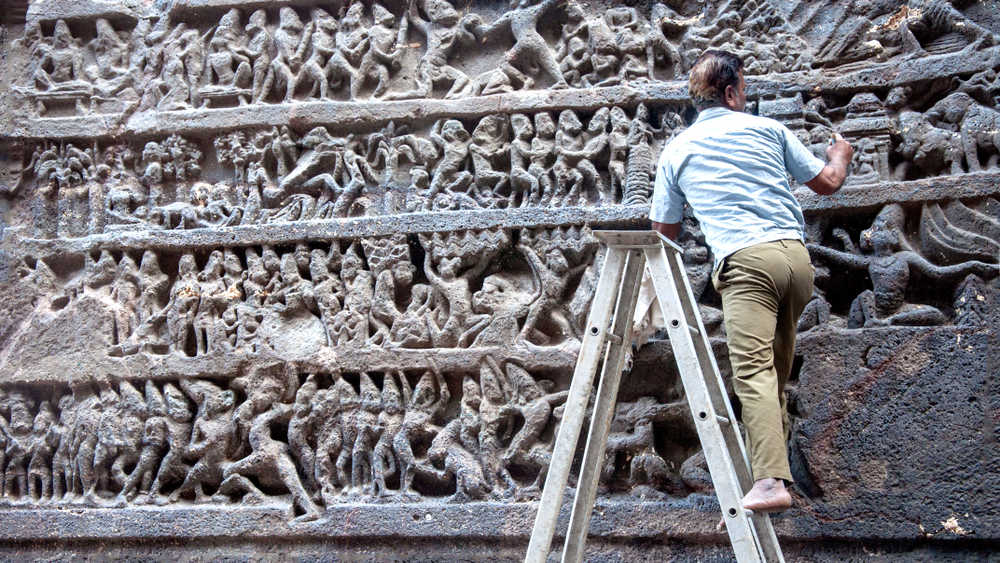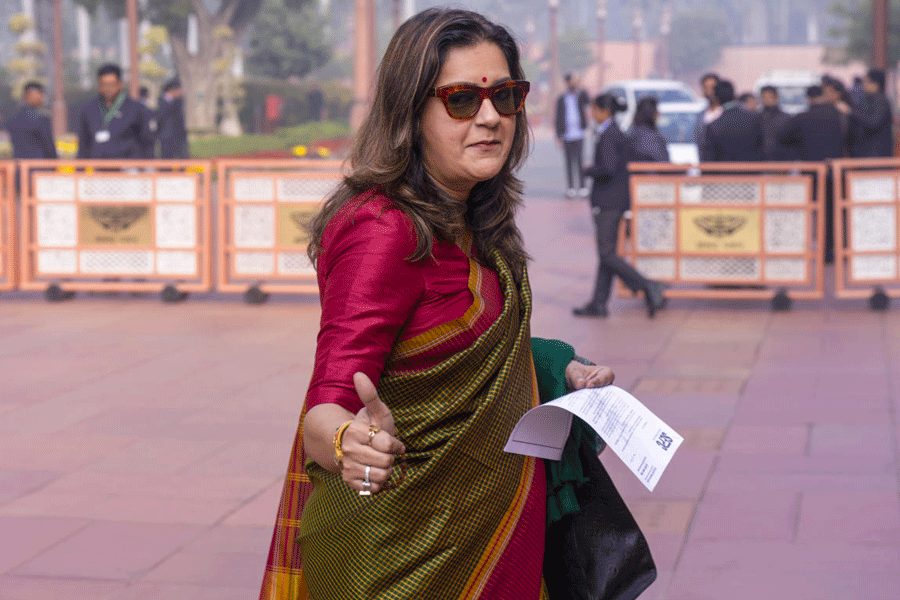Unlike in the West where it is a well-established subject with a sound philosophical foundation, conservation, being a new discipline, faces many challenges in India. We in India are in an experimental phase of it. In the Indian context, historians treat buildings sacrosanct and want no changes; developers/builders see conservation as a major obstruction and want complete change; society — by and large ignorant of conservation — is convinced that such a change is necessary; the government is unconcerned and living heritage is not on its agenda — the few conservation cases that the government undertakes are usually beautification drives; the architect — not exposed to conservation — is content developing and redeveloping sites. It is the conservationist who treats heritage contextually and serves as a bridge between the historian and the builder.
Stiff challenges
Properties in historic cities also lack maintenance. This is because the Rent Control Act enacted in the 1940s had frozen rents. Consequently landlords can’t maintain their buildings and they have to be pulled down or redeveloped. Restoration is in its nascent stage. Skilful repairs are rare while reconstruction/redevelopment ends up being pastiche replicas.
A conservationist or a conservation architect usually faces the following challenges — excessive experimentation with material and techniques; an unsympathetic ambience that does not nurture the importance of conservation in the masses; the loss of traditions and skills during the execution of projects; difficulty in sourcing traditional materials, such as coloured glass, lead and lime works; poor appreciation of the skill of craftsmen who are poorly remunerated; the absence of scientific laboratories to test material or mortar mixes; conservation is a slow and tedious process and tight deadlines are one of the biggest impediments to quality conservation enterprises; since most heritage sites are owned by the government, bureaucratic rules — the floating of tenders, awarding work to the lowest bidder, adherence to the Schedule of Rates — pose problems; government support for lived in heritage of residential stock is minimal, resulting in the encouragement of redevelopment that is detrimental to conservation; slow approvals and complicated permission rules add to conservation’s challenges.
Build bridges
Conservation builds bridges between the past and the future through the present. It provides an opportunity to tap into traditional skills and integrate crafts into mainstream construction. It ensures continuity and when used in residential stock, it can create affordable housing without disrupting the fragile socio-cultural balance. Finally, it generates employment for craftsmen and augments tourism.











